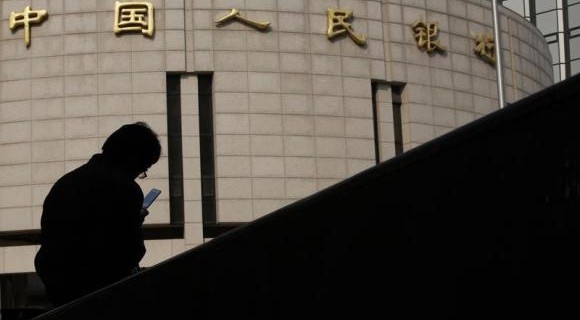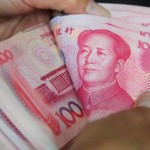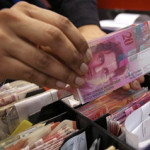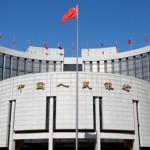PBOC:The Central Parity of RMB against US Dollar Became More Market-based in 2015

Guest Commentator of CFETS
The PBC improved the quotation mechanism of the central parity of RMB against US dollar on August 11, 2015, for the purpose of having a more market-based central parity to serve as the benchmark for market exchange rates. In the improved mechanism, before the market opens on each business day, the market makers refer the closing rate of the inter-bank market on the previous day, and take into account demand and supply in the foreign exchange market and exchange rate movements of the major currencies to provide quotes to the CFETS. With this improvement, the central parity reflects, to a larger extent, supply and demand dynamics in the foreign exchange market and refers to a basket of currencies. The rationality of the central parity’s quotation has been enhanced.
Five months have passed since the improvement. During this period, the central parity and the previous day’s closing rate of USD/RMB on the inter-bank market were highly consistent. Since August 11, 2015, the spread between the central parity and the previous day’s closing rate on the inter-bank market has been within 50 bps on the majority of the trading days and the minimum spread as low as one bp. Between August 11 and year end 2015, the average spread was 33 bps, a reduction of 874 bps compared with the average spread between January 1 and August 11. The accumulated gap between the central parity and the market rate received an effective correction. Therefore, the market-orientation and benchmark status of the central parity has been enhanced.
Since August 11, 2015, the central parity has been formed in which the market makers have consistently referred to the closing rate of the inter-bank foreign exchange market on the previous day and considered the supply and demand condition in the foreign exchange market and exchange rate movement against a basket of currencies. In recent days, the DXY index has strengthened after temporary adjustments, largely due to the market expectation of further rate hike by the Federal Reserve (Fed) this March. On January 6, the index reached a peak not seen since the Fed rate hike. It has appreciated 0.6 percent since the beginning of 2016. Under these circumstances, the quotes of the central parity that market makers have reported based on the closing rate of the previous day and movement against a basket of currencies tend to be in the depreciating direction. Subsequently, the final central parity has displayed a weakening trend. Nevertheless, it is worth noting that the direction and range of movement of RMB against USD are basically consistent with those of USD against other major currencies. Therefore, the RMB has remained generally stable against a basket of currencies.
Overall speaking, improvement in the quotation mechanism has achieved the anticipated results. Going forward, the central parity of RMB against USD will continue to follow the improved quotation mechanism, featuring a larger role of market rates, so as to enhance the market-orientation and benchmark status of the central parity and keep the RMB exchange rate generally stable at an adaptive and equilibrium level.
Source: PBC – The Central Parity of RMB against US Dollar Became More Market-based in 2015




























